The Scottish Prison Service has been urged to end routine body-searching of female inmates after an inspection of a new £85 million “therapeutic” jail.
Chief Inspector of Prisons for Scotland Wendy Sinclair-Gieben made the recommendation following an inspection of the recently opened female prison HMP & YOI Stirling, and two community custody units in Glasgow and Dundee designed to help women reintegrate.
HMP & YOI Stirling opened in 2023, costing £85m, accommodating women remanded in custody before being moved elsewhere, and the report raised concerns about whether prisoners are “benefiting fully from such a resource” due to the “churn” of the remand population.
Security risks were also noted at the prison, which replaced Cornton Vale, and does not have bars on the doors or windows.
The community custody units – Bella in Dundee and Lilias in Glasgow – both opened in 2022 to teach “real life” skills for independent living to women nearing the end of their sentence.
Since taking up her role six years ago, Ms Sinclair-Gieben has called for “degrading” body searches to end, in reports issued in 2018 and 2019, and she praised the Scottish Prison Service’s (SPS) “journey towards excellence” in her latest report.
She said she hopes Scotland can become the “best practice” model for managing women in custody and that she could “see that statement coming to fruition” following the inspections, which examined whether the new jails are in keeping with the SPS Strategy for Women in Custody.
‘Caring and compassionate’ staff
She praised the “therapeutic environment” of HMP & YOI Stirling, which she said was “highly impressive” and “fully in keeping with the trauma-informed ethos” set out in the strategy.
Staff were praised as being “caring and compassionate”, however, concerns were raised over late arriving inmates who were kept under observation by staff without clinical training until they could be assessed by a health worker the next day.
Ms Sinclair-Gieben also raised concerns about security issues, including the “staff line of sight being compromised in the residential units”.
The report added: “A major design flaw was clearly the separation and reintegration unit and high dependency units being located within sight and sound of the neighbouring community.”
Ms Sinclair-Gieben praised a “new technique for restraint which does not induce pain”, anticipated to be rolled out further in Scotland.
However, she called for an end to “random searching” of prisoners, branding it “disproportionate” and “undermining” the trauma-informed approach.
‘Degrading’ body searches
She wrote: “I accept there can be a legitimate role for degrading body-searching based on robust intelligence or grounds for suspicion, but do not regard it as justifiable based purely on routine random searching of a set percentage of prisoners.
“The SPS should consider whether the current arrangement of using HMP & YOI Stirling as an assessment centre for new admissions, with women often only staying there for short periods of time before being transferred to much older prisons, often with much poorer accommodation, represents the best use of an excellent therapeutic resource in the current climate.
“The buildings and culture are developing into an excellent therapeutic model, and it is unfortunate that population pressures and the resultant churn prevent many women from benefiting fully from such a resource.
“Despite these issues, the overarching impression formed by all inspectors was of an establishment with enormous potential heading in the right direction.”
However concerns were raised about body-searching which was deemed to be “potentially retraumatising”.
The report said: “In most situations observed, the inspection team were impressed with the staff and prisoner relationships that had developed. It is testimony to the staff and prisoners that it was showing strong signs of success.”
However, it called for “greater autonomy and responsibility being evidenced”, reducing the dependency on staff in the units.
Inconsistency of approach was raised as an issue, and the report added: “There is a need to evaluate whether the current security and risk processes are fully aligned to the overarching ethos.
“Notwithstanding our concern that some of the security and risk protocols could be inhibiting the women’s successful reintegration into the community, the development of the Bella Centre represents another significant milestone on the SPS’s journey towards excellence.”
Scottish Prison Service ‘working to address areas where improvement needed’
A Scottish Prison Service spokesperson said: “The rights and wellbeing of those in our care, and security, are key priorities.
“We have installed body scanner machines in 11 establishments and only conduct body searches where necessary to keep people safe.
“The chief inspector’s report makes clear she believes that Scotland is leading the way when it comes managing women in custody and highlights many areas of good practice, including the reduction in use of restraint, and additional support for new admissions.
“It is just over a year since we opened HMP & YOI Stirling. We recognise areas where improvement is needed and are working to address these for our staff, those in our care, and our neighbours.
“Our strategy for women in custody, supported by significant investment from the Scottish Government, has delivered a step change in how we support the rehabilitation of those in our care, reducing the risk of reoffending, and helping to build safer communities.”
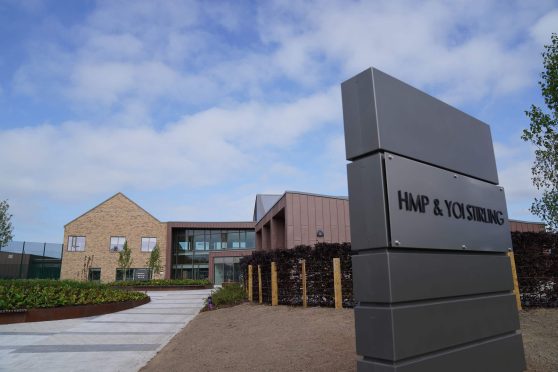
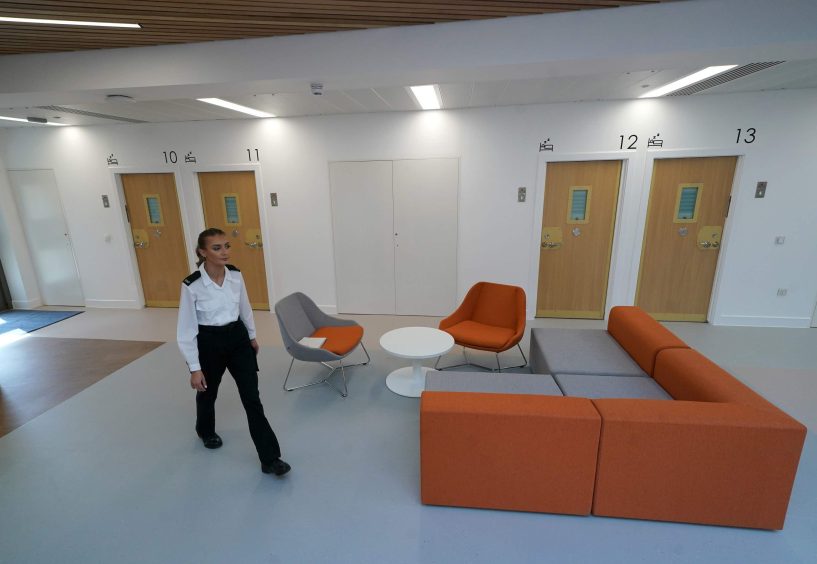
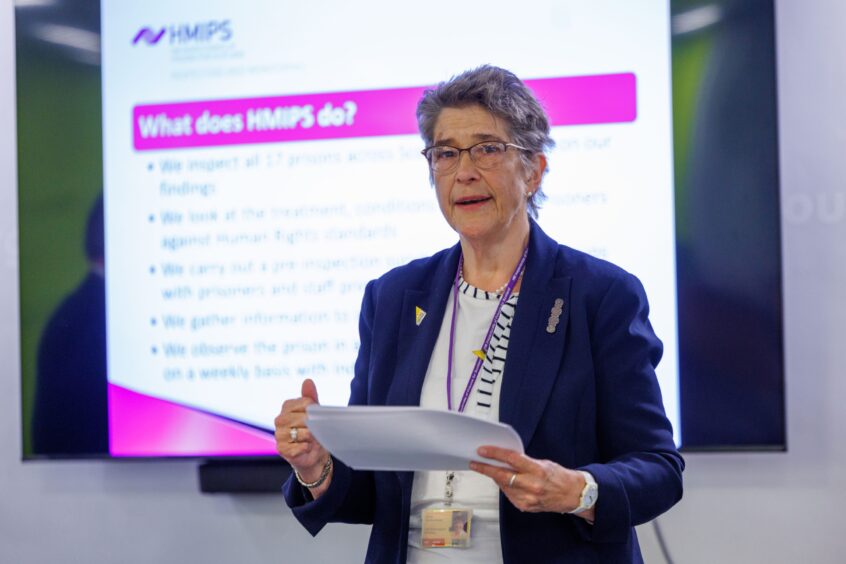
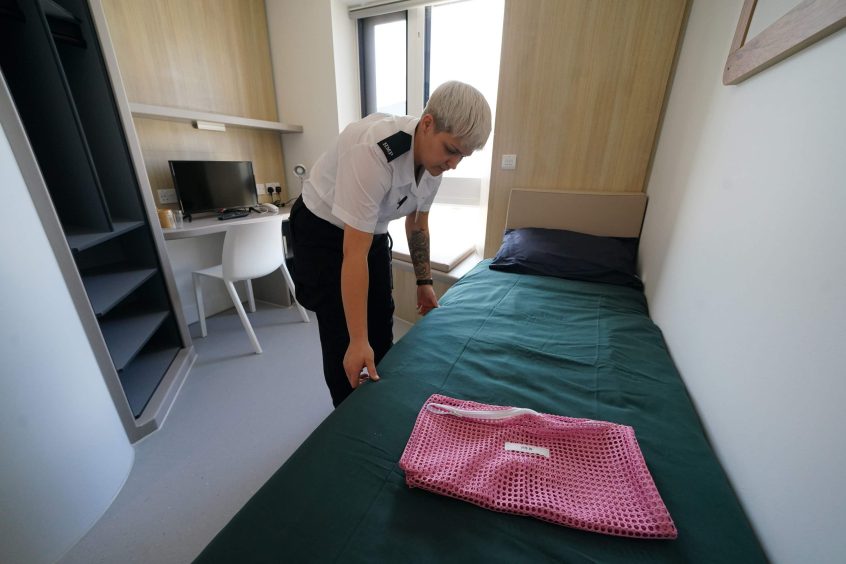


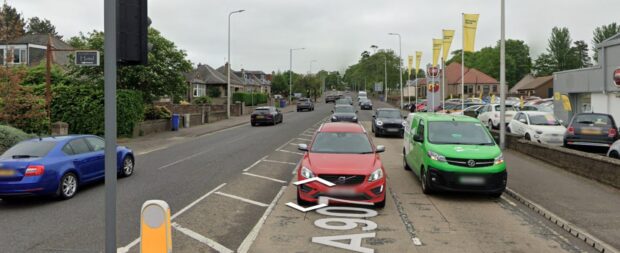
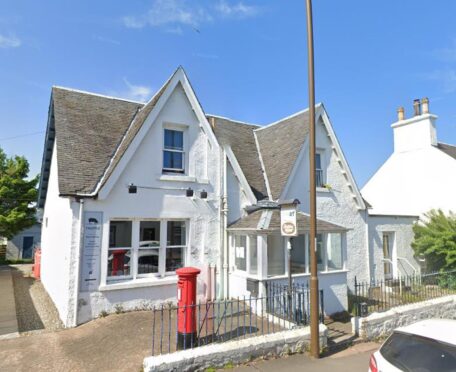

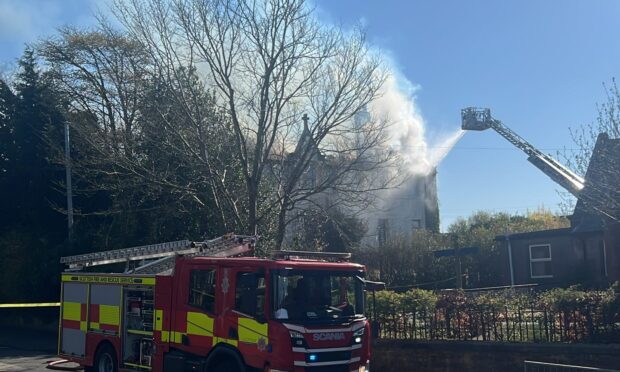

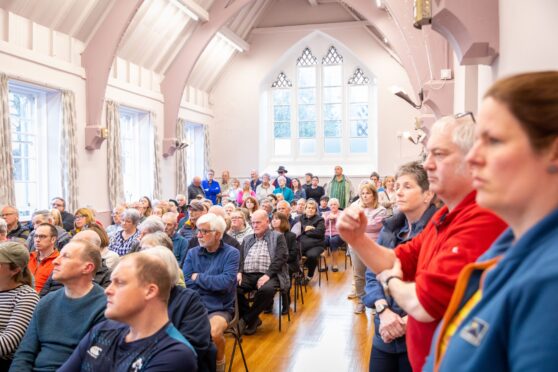
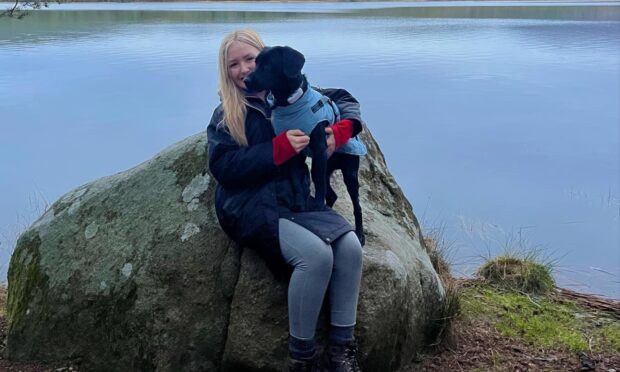

Conversation